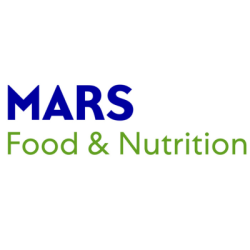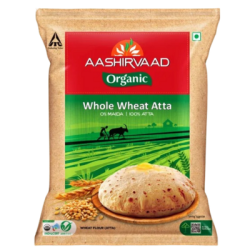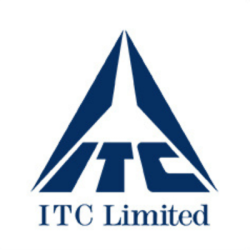SMIC
Food and Beverages
Automation technology has significantly transformed the Food and Beverages (F&B) industry, enhancing efficiency, quality control, and flexibility in production processes. Here are key areas where automation is commonly applied in the F&B sector:
Our Clients in Food





1. Processing and Manufacturing:
- Robotic Arms and Automation Cells: Deploying robots for tasks such as cutting, slicing, packaging, and palletizing, improving precision and speed in food processing.
- Automated Mixing and Cooking Systems: Implementing automated systems for precise mixing, blending, and cooking of ingredients in large-scale food production.
2. Packaging:
- Automated Packaging Lines: Utilizing automated machines for filling, sealing, labeling, and packaging food and beverage products, improving consistency and reducing packaging errors.
- Robotic Palletizing: Using robots to arrange finished products on pallets for efficient and standardized stacking.
3. Quality Control:
- Vision Inspection Systems: Employing automated cameras and sensors to inspect the quality, size, and consistency of food products.
- Automated Testing Equipment: Implementing machines for testing attributes such as taste, texture, and color to ensure product quality.
4. Inventory Management:
- Automated Storage and Retrieval Systems (AS/RS): Utilizing automated systems for the efficient storage and retrieval of raw materials and finished products in warehouses.
- RFID Technology: Implementing RFID tags for tracking and managing inventory, providing real-time visibility into stock levels.
5. Bakery and Confectionery Automation:
- Automated Dough Mixing and Baking: Implementing automated systems for mixing, shaping, and baking dough in the production of bread and pastries.
- Confectionery Production Lines: Using automation for the precise handling and packaging of chocolates, candies, and other confectionery items.
6. Beverage Production:
- Bottling and Canning Lines: Automating the filling, sealing, and labeling of beverage containers, improving speed and reducing the risk of contamination.
- Automated Brewing Systems: Applying automation to various stages of the brewing process in the production of beer and other beverages.
7. Clean-in-Place (CIP) Systems:
- Automated Cleaning Systems: Implementing CIP systems for efficient and automated cleaning of processing equipment to maintain hygiene and prevent contamination.
8. Supply Chain and Logistics:
- Automated Guided Vehicles (AGVs): Using AGVs for the movement of raw materials and finished products within manufacturing facilities.
- Automated Sorting Systems: Implementing systems for the automated sorting and routing of products in distribution centers.
9. Smart Warehousing:
- Warehouse Management Systems (WMS): Employing WMS to optimize inventory, track stock movements, and improve order fulfillment.
- Automated Order Picking Systems: Using automation for efficient and accurate order picking in warehouses.
10. Data Analytics and Traceability:
- Predictive Analytics: Analyzing data to predict demand, optimize production schedules, and reduce waste.
- Traceability Systems: Implementing systems that use technology like barcodes and RFID to track and trace products throughout the supply chain for quality control and compliance.
11. Food Safety and Compliance:
- Temperature and Humidity Monitoring: Using automated sensors to monitor and control environmental conditions to ensure food safety.
- Automated Compliance Reporting: Implementing systems to automate the documentation of compliance with food safety and regulatory standards.
12. Restaurant and Food Service Automation:
- Automated Order Kiosks: Deploying self-service kiosks for order placement and payment in quick-service restaurants.
- Kitchen Automation Systems: Implementing automated systems to streamline kitchen operations, including order processing and inventory management.
Implementing automation in the F&B industry enhances efficiency, reduces costs, and ensures the consistency and quality of food products. However, it requires careful planning, investment, and ongoing maintenance to leverage the full benefits of automation technologies.
WhatsApp us